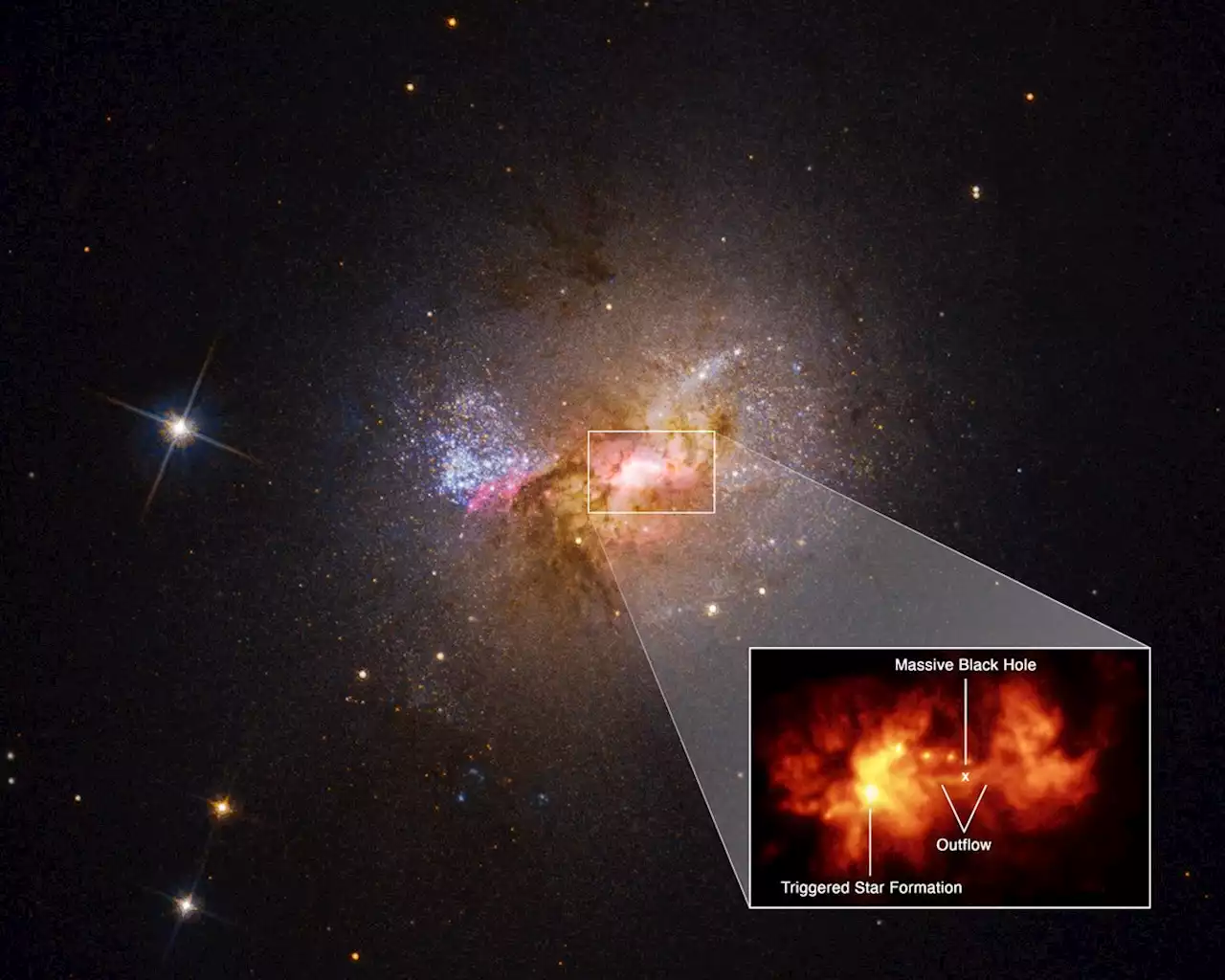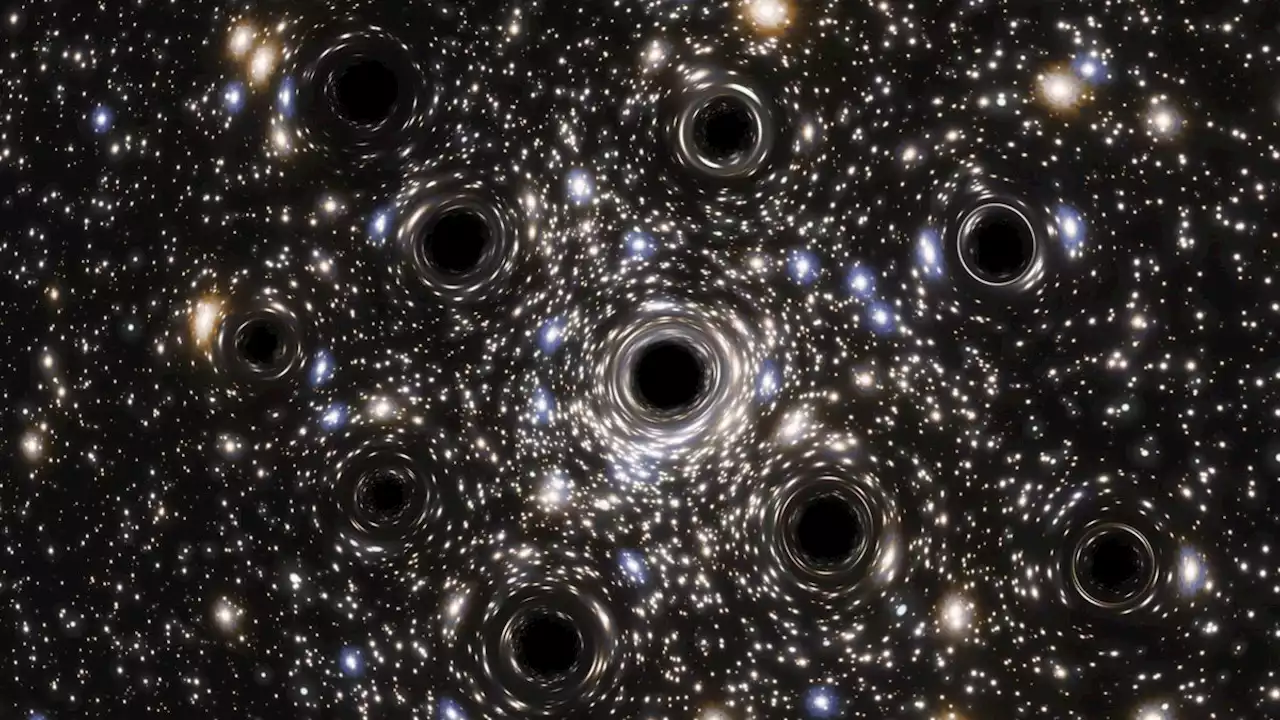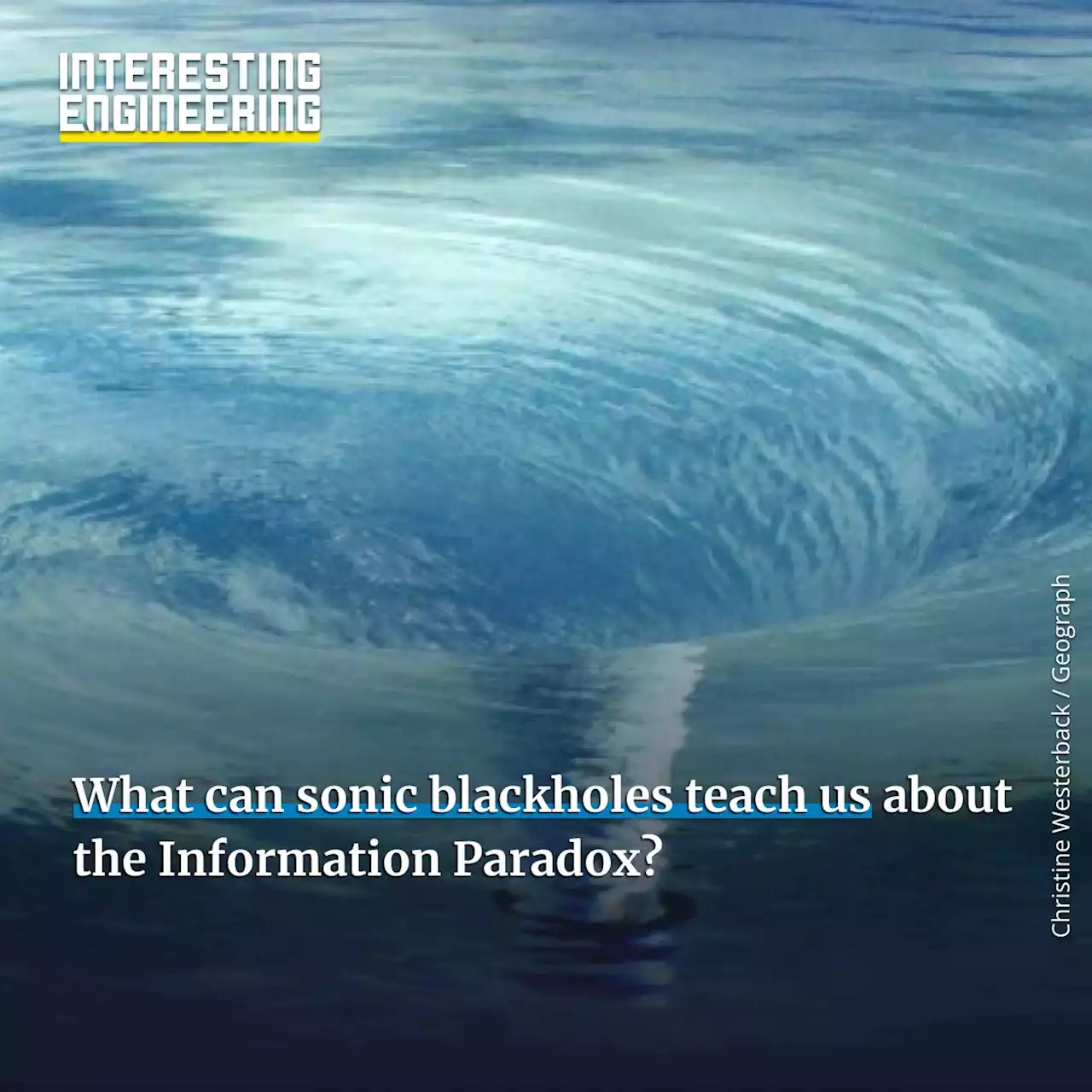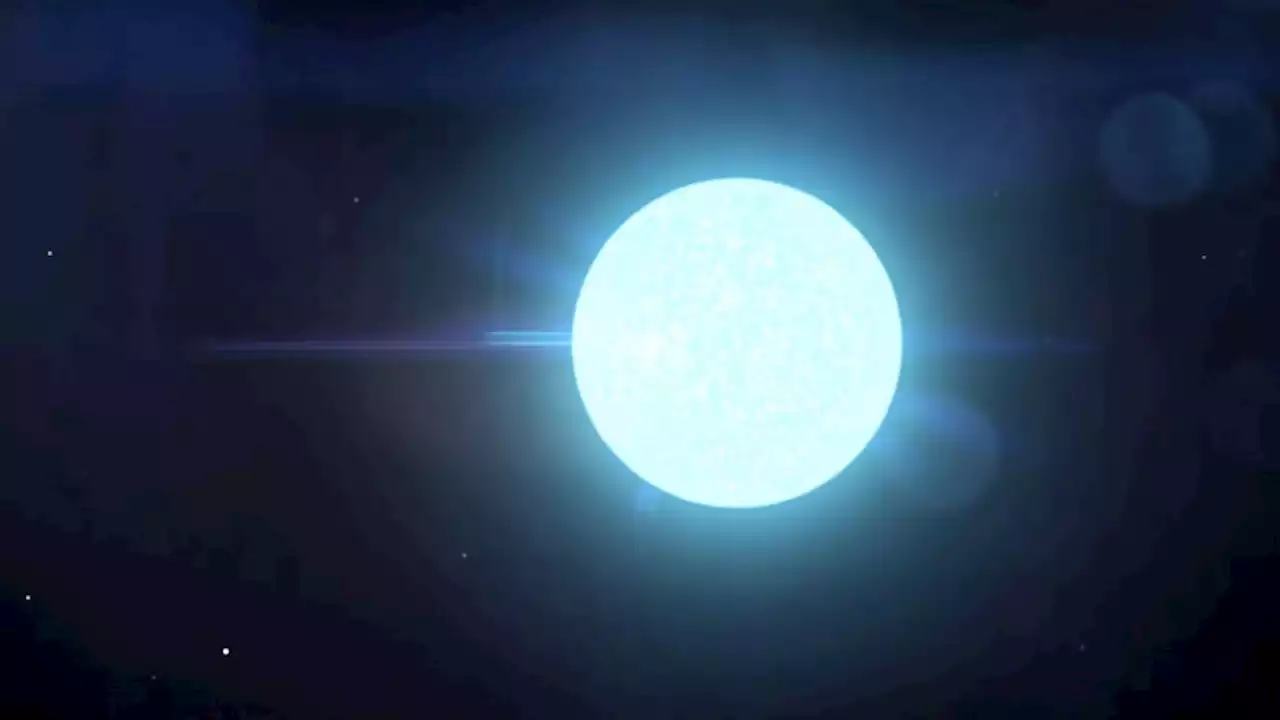Neutron stars are some of the most exotic and active objects in the universe, even if they're technically dead. 💫 engineering
, an object of such immense density that few other objects in the universe even come close.
If the star is small enough, it will likely form a white dwarf. If it is massive enough, it will end its life as a black hole. Neutron stars occupy the space in between these two outcomes, though they are by no means the typical fate of a main sequence star. Counter-intuitively, the larger the star, the quicker it burns through its fuel since the bigger the star, the greater the amount of surface area from which it can radiate away energy. So, a star that is 30 times the mass of our Sun will burn through its hydrogen fuel in a fraction of the time it would take our Sun to do the same., during which it primarily fuses helium, will finish even quicker than the billion years it will take our Sun to exhaust its helium reserves.
Understandably, the star's outer material simply bounces off the core like a racquetball hitting a concrete wall off an opening serve. This produces a sudden—and spectacular—explosion as all of that energy is directed outward into space instead, the result of which we call a supernova. These can be so energetic and luminous that we can see them even in distant galaxies.
United States Latest News, United States Headlines
Similar News:You can also read news stories similar to this one that we have collected from other news sources.
 Supermassive Black Hole Triggered Star Formation in Dwarf Galaxy | Sci-News.comAstronomers have observed the central regions of Henize 2-10, a dwarf starburst galaxy previously reported to have a central massive black hole, at optical wavelengths using the Space Telescope Imaging Spectrograph (STIS) on the NASA/ESA Hubble Space Telescope.
Supermassive Black Hole Triggered Star Formation in Dwarf Galaxy | Sci-News.comAstronomers have observed the central regions of Henize 2-10, a dwarf starburst galaxy previously reported to have a central massive black hole, at optical wavelengths using the Space Telescope Imaging Spectrograph (STIS) on the NASA/ESA Hubble Space Telescope.
Read more »
 A strange object in space is blasting out radio waves every 18 minutesSomething extraordinarily bright in space is pulsing far slower than most similar cosmic objects, and it may be a strange type of neutron star that we have never seen before
A strange object in space is blasting out radio waves every 18 minutesSomething extraordinarily bright in space is pulsing far slower than most similar cosmic objects, and it may be a strange type of neutron star that we have never seen before
Read more »
 This New Prescription Cream Could Finally Clear Your Hormonal AcneHere's everything you need to know about Winlevi.
This New Prescription Cream Could Finally Clear Your Hormonal AcneHere's everything you need to know about Winlevi.
Read more »
 Universe is Teeming with Quintillions of Stellar-Mass Black Holes | Sci-News.comA team of astrophysicists from Italy and the United Kingdom has calculated that in the observable Universe, a sphere of diameter around 90 billion light-years, there are at least 40*1018 stellar-mass black holes.
Universe is Teeming with Quintillions of Stellar-Mass Black Holes | Sci-News.comA team of astrophysicists from Italy and the United Kingdom has calculated that in the observable Universe, a sphere of diameter around 90 billion light-years, there are at least 40*1018 stellar-mass black holes.
Read more »
 Sonic Black Holes Could Let Us Finally Understand One of the Biggest Mysteries in PhysicsBy now, just about everyone knows about black holes: the all-consuming regions in outer space that are so dense that not even light can escape from their mysterious interior. Find out more information at 🚀 Engineering
Sonic Black Holes Could Let Us Finally Understand One of the Biggest Mysteries in PhysicsBy now, just about everyone knows about black holes: the all-consuming regions in outer space that are so dense that not even light can escape from their mysterious interior. Find out more information at 🚀 Engineering
Read more »
